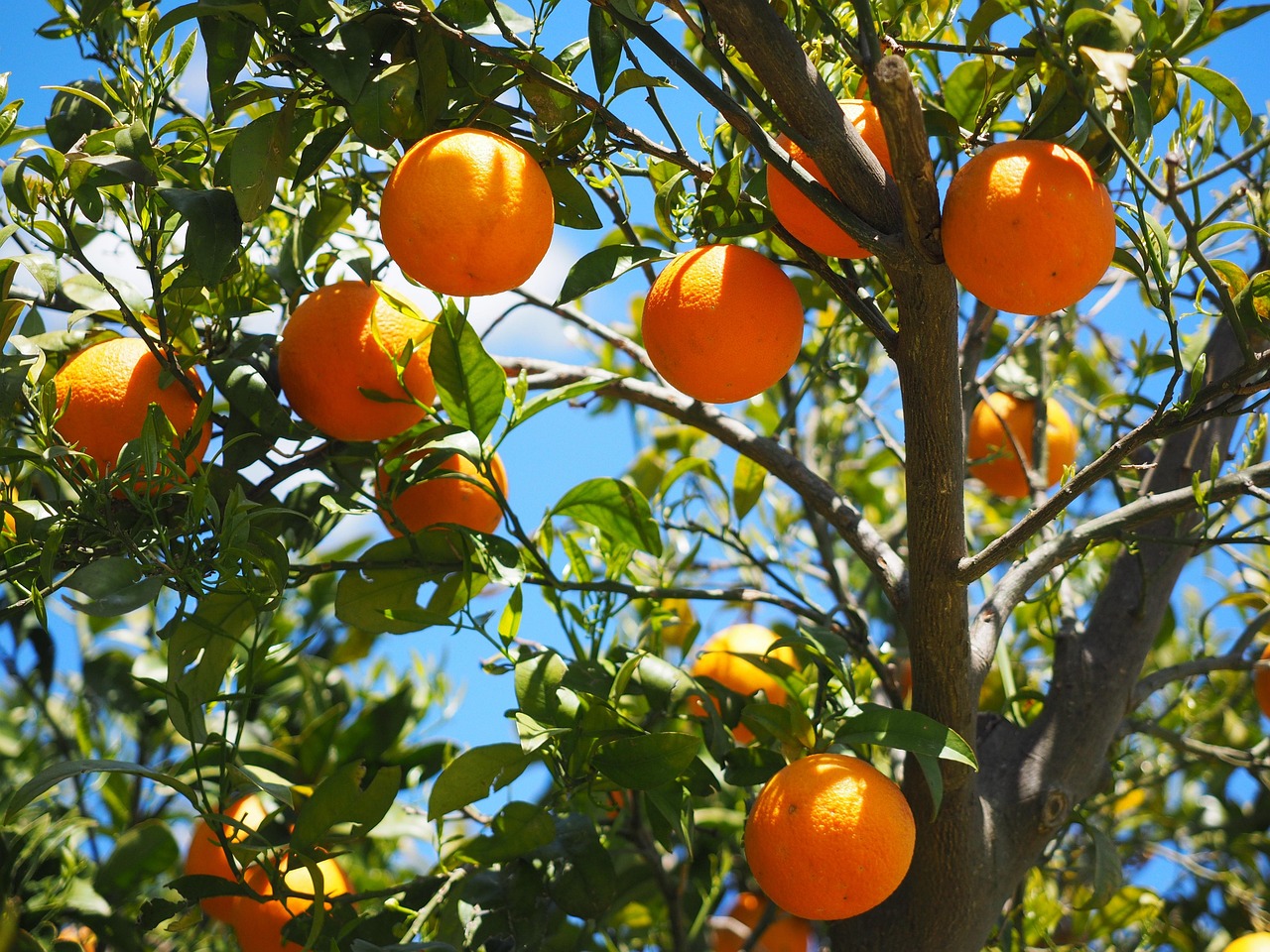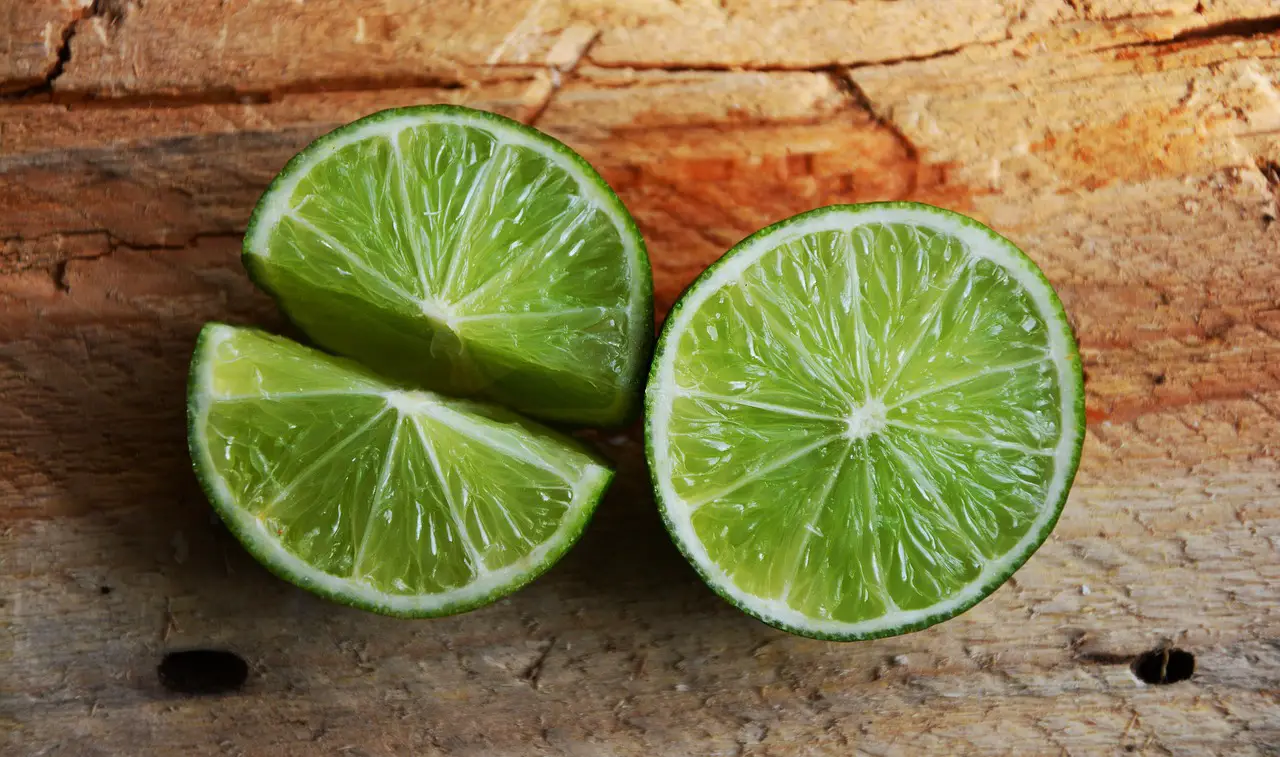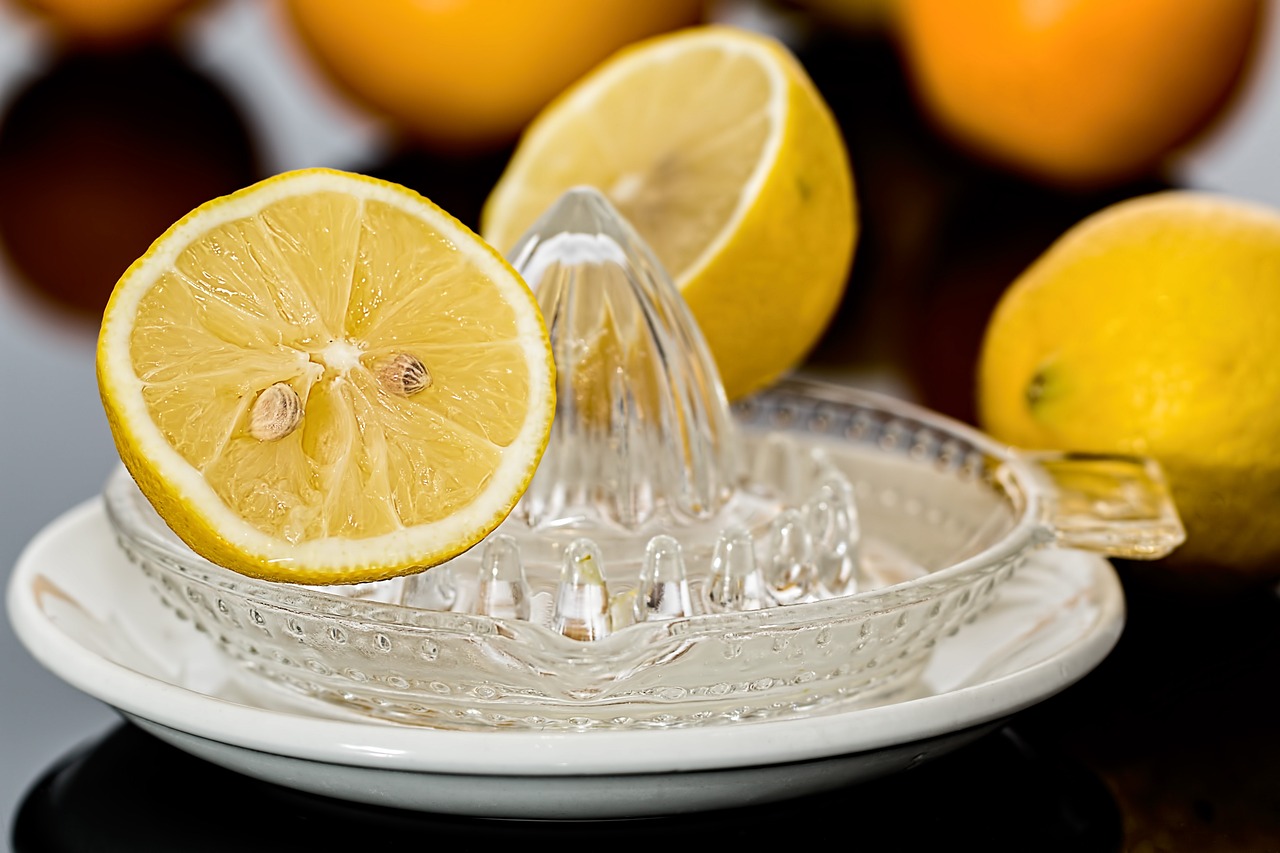Specialized pruning for dwarf and miniature citrus trees is essential for maintaining their health, shape, and productivity. This careful technique promotes better air circulation, encourages fruit production, and controls the size of the tree, ensuring it remains manageable in small spaces.
Dwarf and miniature citrus trees have gained popularity among gardeners and hobbyists for their compact size and the ability to produce delicious fruit in limited spaces. These trees are perfect for patios, balconies, or small gardens. However, to ensure they thrive and continue to bear fruit, specialized pruning is crucial. Pruning not only enhances the aesthetic appeal of these trees but also contributes to their overall health by removing dead or diseased branches.

Understanding the unique growth habits of dwarf and miniature citrus trees is vital for effective pruning. Unlike their standard-sized counterparts, these trees have a more compact growth pattern. Therefore, the pruning techniques used on them differ significantly. It is essential to recognize the right time and method for pruning to avoid damaging the tree.
Understanding Dwarf and Miniature Citrus Trees
Dwarf citrus trees are typically smaller versions of standard citrus varieties. Miniature citrus trees, on the other hand, are bred specifically to remain tiny while still producing fruit. The characteristics of these trees include:
- Height: Dwarf trees generally grow to about 2 to 4 feet tall, while miniature varieties can be even smaller.
- Fruit Size: Both types produce full-sized fruit, despite their small stature.
- Growth Habit: They tend to have a bushy appearance with dense foliage.
These characteristics make dwarf and miniature citrus trees appealing for urban gardeners. However, they require specific care practices to flourish. Pruning is one of the most critical aspects of their maintenance.

Importance of Specialized Pruning
Pruning plays several roles in the health and productivity of dwarf and miniature citrus trees. The benefits include:
- Promoting Healthy Growth: Regular pruning encourages new growth by allowing light to penetrate deeper into the canopy.
- Enhancing Air Circulation: Proper pruning helps avoid fungal diseases by increasing airflow around the leaves and branches.
- Maintaining Size: Pruning keeps the tree at a manageable height and width, making it easier to care for in limited spaces.
- Increasing Fruit Production: By removing excess branches, energy is directed towards producing fruit rather than maintaining unnecessary growth.
The timing of pruning is crucial. The best time to prune dwarf and miniature citrus trees is during their dormant season, typically in late winter or early spring before new growth begins. This timing helps minimize stress on the tree and encourages healthy regrowth once the growing season starts.
Pruning Techniques for Dwarf and Miniature Citrus Trees
When it comes to pruning dwarf and miniature citrus trees, there are several techniques that gardeners can employ. These techniques help shape the tree while promoting its health:

- Thinning: This technique involves removing some branches to improve light penetration and air circulation. It is essential to thin out crowded areas without over-pruning.
- Heading Back: This method involves cutting back branches to encourage bushier growth. It helps maintain the desired shape and size of the tree.
- Crown Reduction: For trees that have outgrown their space, crown reduction may be necessary. This technique reduces the height and spread of the tree while preserving its overall shape.
The tools used for pruning should be sharp and clean to make precise cuts that promote healing. Common tools include pruning shears, loppers, and saws for larger branches. Always ensure that your tools are disinfected before use to prevent spreading diseases between plants.
After pruning, it’s important to monitor the tree for any signs of stress or disease. Providing adequate water and nutrients following pruning can help support recovery and encourage healthy growth.
In summary, specialized pruning for dwarf and miniature citrus trees is essential for their health and productivity. Understanding the unique requirements of these trees can lead to successful gardening experiences, even in small spaces. With proper techniques and timing, gardeners can enjoy the benefits of growing their own citrus fruits while maintaining beautifully shaped trees.

Common Varieties of Dwarf and Miniature Citrus Trees
When it comes to dwarf and miniature citrus trees, there are several popular varieties that gardeners often choose. Each variety has its unique flavor profile and growth characteristics, making them suitable for different gardening preferences. Here are some common types:
- Dwarf Meyer Lemon: This hybrid between a lemon and a mandarin orange is known for its sweeter flavor and fragrant blossoms. It typically grows to about 3 to 4 feet tall.
- Calamondin Orange: A small, tart fruit that is great for culinary uses. This tree can grow up to 4 feet and is often used in containers.
- Dwarf Key Lime: These trees produce small limes that are perfect for cooking and cocktails. They usually stay around 3 feet tall.
- Improved Dwarf Navel Orange: This variety produces large, sweet oranges and has a compact growth habit, reaching about 4 to 5 feet in height.
- Dwarf Mandarin Orange: Known for its easy peeling and sweet flavor, this tree can grow to about 3 feet tall and is ideal for small spaces.
Choosing the right variety is crucial for success with dwarf and miniature citrus trees. Factors such as climate, available space, and personal preference should guide your selection.
Pruning Techniques by Season
The timing of pruning can greatly influence the health and productivity of dwarf and miniature citrus trees. Understanding seasonal pruning techniques helps ensure optimal growth. Each season presents different opportunities for pruning:
Spring Pruning
Spring is an excellent time for light pruning. As new growth begins, it is beneficial to:
- Remove any dead or damaged branches from winter.
- Thin out overcrowded areas to encourage better air circulation.
- Shape the tree by heading back longer branches to promote bushier growth.
Summer Pruning
During the summer months, pruning should be minimal but can include:
- Removing suckers that grow from the base of the tree.
- Trimming back any overly vigorous growth which may shade fruit-bearing branches.
Fall Pruning
Fall is not typically recommended for major pruning due to the approach of winter. However, light maintenance can be performed:
- Inspect the tree for any remaining dead or diseased wood.
- Make minor adjustments in shape if necessary.
Winter Pruning
Winter is the dormancy period for many citrus trees. It’s important to avoid severe pruning during this time; instead, focus on:
- Removing any large branches that may pose a risk of breaking under snow or ice.
- Cleaning up fallen debris around the base to prevent disease.
Tools and Equipment for Pruning
Having the right tools is essential for effective pruning. The following tools are commonly used when working with dwarf and miniature citrus trees:
| Tool | Description | Use |
|---|---|---|
| Pruning Shears | A hand-held tool designed for cutting small branches. | Ideal for fine pruning and shaping. |
| Loppers | A larger tool with long handles for cutting thicker branches. | Used for removing branches up to 1 inch in diameter. |
| Saw | A small hand saw for cutting larger branches. | Necessary for branches that are too thick for loppers. |
| Gloves | Protective gear for hands during pruning. | Helps prevent cuts and scrapes. |
| Disinfectant | A solution to clean tools before use. | Prevents the spread of diseases between plants. |
Using sharp, clean tools not only makes the job easier but also promotes quicker healing in the tree after cuts are made. Always disinfect your tools between different trees to maintain their health.
Signs Your Citrus Tree Needs Pruning
Recognizing when a dwarf or miniature citrus tree needs pruning is key to maintaining its health. Look for these signs:
- Crowded Canopy: If branches are overlapping or too close together, it’s time to thin out the canopy.
- Diseased or Dead Branches: Any visible signs of disease or dead wood should be removed immediately to prevent further spread.
- Poor Fruit Production: If the tree is not producing fruit as expected, it may need shaping and rejuvenation through selective pruning.
- Suckers or Water Sprouts: These are vigorous shoots that grow from the base or along branches. They compete with the main structure and should be removed.
By monitoring these signs regularly, gardeners can take proactive measures to ensure their dwarf and miniature citrus trees remain healthy and productive throughout their growth cycles. Proper care and attention will lead to flourishing trees that provide both beauty and delicious fruit.
Common Pests and Diseases Affecting Dwarf and Miniature Citrus Trees
Dwarf and miniature citrus trees, while hardy, are not immune to pests and diseases. Proper care, including specialized pruning, can help prevent problems, but it is essential to recognize the signs of infestations or infections early. Here are some common pests and diseases that may affect these trees:
Common Pests
- Spider Mites: These tiny pests thrive in warm, dry conditions. They can cause yellowing leaves and webbing on branches.
- Aphids: Small, soft-bodied insects that suck sap from the leaves. They can lead to distorted growth and sticky residue on the foliage.
- Scale Insects: These pests appear as small bumps on branches and leaves. They can weaken the tree by sucking out vital nutrients.
- Whiteflies: Similar to aphids, these insects feed on sap and can produce honeydew, leading to sooty mold growth.
- Leaf Miners: These larvae create tunnels within the leaves, causing them to become discolored and drop prematurely.
Common Diseases
Diseases can severely impact the health of dwarf and miniature citrus trees. Here are some notable examples:
- Citrus Canker: A bacterial infection that causes lesions on leaves, stems, and fruit. Infected trees may experience premature leaf drop.
- Root Rot: Caused by overwatering or poor drainage, this disease affects the root system, leading to wilting and eventual tree decline.
- Powdery Mildew: A fungal disease that appears as a white powdery substance on leaves. It can stunt growth and reduce fruit quality.
- Greening Disease (Huanglongbing): A devastating bacterial infection that affects the tree’s vascular system. Symptoms include yellowing leaves and misshapen fruit.
Preventive Measures Against Pests and Diseases
Preventing pests and diseases is critical for maintaining healthy dwarf and miniature citrus trees. Here are some effective strategies:
- Regular Inspections: Frequently check your trees for any signs of pests or diseases. Early detection is key to successful treatment.
- Proper Watering: Avoid overwatering, which can lead to root rot. Ensure good drainage in pots or garden beds.
- Pruning: Regular pruning improves air circulation and sunlight penetration, reducing humidity around the foliage and lowering disease risk.
- Healthy Soil: Use well-draining soil enriched with organic matter to support healthy root systems.
- Naturally Deterring Insects: Introduce beneficial insects like ladybugs or lacewings that prey on harmful pests.
Treating Pests and Diseases
If pests or diseases are detected, immediate action is necessary to protect the tree. Here are some treatment options:
Pest Control Methods
- Insecticidal Soap: A safe option for controlling aphids, spider mites, and whiteflies. Apply it directly to affected areas.
- Neem Oil: This natural pesticide disrupts the life cycle of many pests without harming beneficial insects when used correctly.
- Sticky Traps: Placing sticky traps around the tree can help catch flying insects like whiteflies.
Disease Management Strategies
- Bacterial Canker: Remove infected branches promptly and sterilize tools after each cut to prevent spreading.
- Root Rot: Improve drainage by repotting in fresh soil or amending the soil with perlite or sand.
- Mildew Control: Apply fungicides specifically formulated for powdery mildew. Ensure adequate spacing between trees for air circulation.
The Role of Nutrition in Tree Health
Nutritional needs play a significant role in the overall health of dwarf and miniature citrus trees. An adequately nourished tree is more resilient against pests and diseases. Here are key nutrients to consider:
- Nitrogen: Essential for leaf growth and overall vitality. Use a balanced fertilizer specifically designed for citrus trees.
- Phosphorus: Supports root development and flowering. Ensure your fertilizer contains adequate phosphorus levels.
- Potassium: Important for fruit quality and disease resistance. Potassium helps strengthen cell walls, making the tree more robust against stress.
A soil test can help determine nutrient levels and guide fertilization practices. It is advisable to follow a regular feeding schedule during the growing season to maintain healthy growth.
In summary, vigilance against pests and diseases, combined with proper nutrition, ensures that dwarf and miniature citrus trees remain healthy and productive. Taking these preventative measures will enhance their resilience and improve overall fruit yield.
Advanced Techniques for Pruning Dwarf and Miniature Citrus Trees
In addition to the fundamental pruning techniques previously discussed, there are advanced methods that experienced gardeners may adopt to enhance the growth and productivity of their dwarf and miniature citrus trees. These techniques can be particularly useful for those looking to maximize fruit yield or maintain specific shapes.
Espalier Technique
The espalier technique involves training the tree to grow against a flat surface, such as a wall or trellis. This method not only saves space but also allows for easier maintenance and harvesting. Here are the steps involved:
- Selecting the Right Tree: Choose a variety that is suitable for espaliering, such as dwarf Meyer lemons or dwarf mandarins.
- Initial Pruning: Begin by pruning the tree to a central leader and select a few strong lateral branches to train along the support structure.
- Regular Training: As the tree grows, continue to prune and tie branches to the trellis, maintaining an open framework for air circulation.
This technique not only enhances aesthetics but also allows for better sunlight exposure, leading to improved fruit quality.
Topiary Pruning
Topiary pruning is another artistic approach that involves shaping the tree into specific forms. This method can create visually stunning features in your garden. To achieve a topiary shape:
- Choose a Design: Decide on a shape (e.g., globe, spiral, or animal form) that fits your garden’s style.
- Initial Shaping: During the early growth stages, regularly trim back new growth to develop the desired form.
- Maintenance: Continue shaping as needed, ensuring to maintain balance and health in the tree.
Topiary can add unique character to your garden while still allowing for fruit production.
Seasonal Care Beyond Pruning
While pruning is vital for maintaining dwarf and miniature citrus trees, other seasonal care practices are equally important to ensure their health and productivity. Here are some key practices to consider:
Winter Care
During winter, especially in colder climates, protect your trees by:
- Insulating Pots: If your trees are in pots, wrap them in burlap or place them in protective sleeves to prevent root damage from frost.
- Reducing Watering: Limit watering during dormancy to avoid waterlogged soil, which can lead to root rot.
Spring Awakening
As spring arrives and new growth begins, follow these practices:
- Fertilization: Apply a balanced fertilizer to kickstart growth after winter dormancy.
- Pest Inspection: Check for any signs of pests or disease as temperatures rise and activity increases.
Summer Management
In summer, maintain healthy growth by:
- Regular Watering: Ensure consistent moisture levels, especially during hot spells, but avoid overwatering.
- Mulching: Apply mulch around the base to retain soil moisture and suppress weeds.
Fall Preparations
As fall approaches, prepare your trees for the approaching winter by:
- Final Pruning: Conduct light pruning to remove any dead or diseased wood and shape the tree before dormancy.
- Harvesting Fruit: Ensure to pick ripe fruit before the first frost sets in, as frost can damage citrus fruit.
Final Thoughts
Maintaining dwarf and miniature citrus trees requires knowledge and attention throughout the year. Specialized pruning, combined with vigilant pest management and proper nutrition, plays a crucial role in their health and productivity. By implementing advanced techniques like espaliering and topiary, gardeners can not only enhance the aesthetic appeal of their gardens but also maximize fruit yield.
The joy of growing citrus trees in small spaces is a rewarding experience. With careful planning and care, these trees can flourish, providing delicious fruit while serving as beautiful focal points in your garden. Embrace the art of pruning and nurturing these charming plants, and enjoy the fruits of your labor for years to come.
